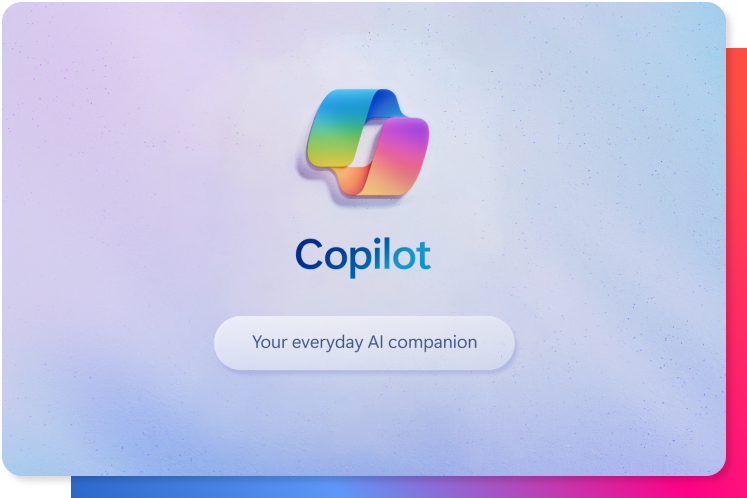Over the past two years, the topic of artificial intelligence (AI) has become ubiquitous. It is discussed in the media, social networks, and casual conversations among colleagues and friends. This once-complex concept, only included in the Spanish dictionary in 1992, earned the title of “Expression of the Year” in 2022.
However, AI is not new. It has existed for centuries, from ancient Greek mythology to modern science fiction books, movies, and cartoons. AI began gaining practical and academic significance in the 1950s when Alan Turing questioned whether machines could think, and American computer scientist John McCarthy, known as the “Father of AI,” coined the term “artificial intelligence.”
What has changed?
Despite decades of study and development, why has AI only recently dominated our collective attention and imagination? The answer lies in the expansion of cloud computing and the ability to store and process massive amounts of data efficiently and affordably. These advancements have brought AI into maturity. Today, we have officially entered the AI era, and even though its complexity persists, society has grown more familiar with AI, whether through viral discussions or firsthand experience with AI applications like chatbots, image generators, and virtual writing assistants.
Beyond everyday use by the general public, AI is also transforming the business sector. It is changing how we perceive productivity and operational efficiency. This technology is taking over repetitive and mundane tasks, allowing people to focus on higher-value activities such as strategic and innovative business functions.
It is no coincidence that 63% of companies that implemented AI in their operations in 2023 reported an increase in revenue, according to a McKinsey report. Now, the key question business leaders ask themselves is: where and how can I introduce AI into my organization?
Specific applications for operational efficiency
AI offers many opportunities to enhance efficiency. Companies can employ AI-based strategies to optimize logistics and supply chain management. Tasks such as sorting, labeling, packaging, order picking, and routing, as well as inventory management—like counting, data entry, and stock replenishment—can all be streamlined using AI.
Similarly, AI can revolutionize recruitment processes by avoiding the need to manually sift through hundreds of résumés. Instead, AI can scan them based on predefined criteria, such as skills, experience, and keywords, identifying candidates who best match the job description.
In finance and administration, AI can eliminate manual tasks like matching purchase orders with invoices. AI automates this process, verifying details like quantities and prices to ensure accuracy.
Whether fully automating tasks or identifying optimal approaches for manual activities, AI can accelerate and enhance operations across every business sector.
Transforming customer interaction
At first glance, AI’s benefits may seem limited to time savings for employees. However, visionary companies recognize that AI is also poised to revolutionize the customer experience. In fact, it is projected that AI will manage 85% of customer interactions by the end of 2024.
Current trends, such as the growing prevalence of AI-powered virtual chatbots, exemplify this transformation. Their popularity stems from their ability to provide 24/7 support, handling large volumes of messages without needing an extensive or outsourced customer service team. Unlike traditional chatbots, these systems use natural language processing (NLP) to engage in more natural conversations, complete complex tasks, and escalate inquiries to human agents when necessary.
In retail and e-commerce, AI chatbots enhance customer service and foster loyalty through multilingual support and lead generation. In healthcare, these chatbots streamline appointment management and gather patient feedback.
AI in decision-making
Poor decision-making costs companies, on average, at least 3% of their profits. However, the impacts of poor decisions go beyond financial losses. Delays in shipping to a key supplier, IT system failures, or mishandling a disgruntled customer on social media can quickly escalate, leading to significant reputational and regulatory costs.
In response, more companies are adopting AI-driven technologies to enhance their decision-making abilities under critical and high-pressure circumstances. However, for this to be effective, companies must first ensure they can store and process large amounts of data accurately and reliably. Without quality data, algorithms may lead to poor decisions.
Once the necessary infrastructure is in place, AI can accelerate and improve decision-making in three key ways: real-time tracking and prediction of business developments, virtual simulations to train employees in realistic scenarios, and emerging generative AI tools that can answer questions and act as virtual advisors for decision-makers.
While AI systems increasingly support and sometimes outperform human decision-making, challenges and risks remain. These include potential biases, ethical concerns, data provenance issues, and accuracy.
Challenges and opportunities
The rise of AI presents numerous challenges for companies of all sizes.
For large corporations, integrating AI into processes and launching AI-driven products can be key to increasing shareholder value. Early adopters of AI are seen as innovative and visionary, enhancing their reputation and making it easier to attract capital.
Small and medium-sized businesses, on the other hand, face hurdles such as high implementation costs, data security concerns, and ethical considerations, which may slow AI adoption. To overcome these challenges, it is crucial to take the first step by identifying tasks that can be automated, creating dashboards and analytics to improve decision-making, and fostering a culture of innovation that empowers a workforce proficient in AI applications.
AI is the engine driving this new business revolution, and the companies that successfully harness its power will be the ones that shape the future of industry.







 Español
Español